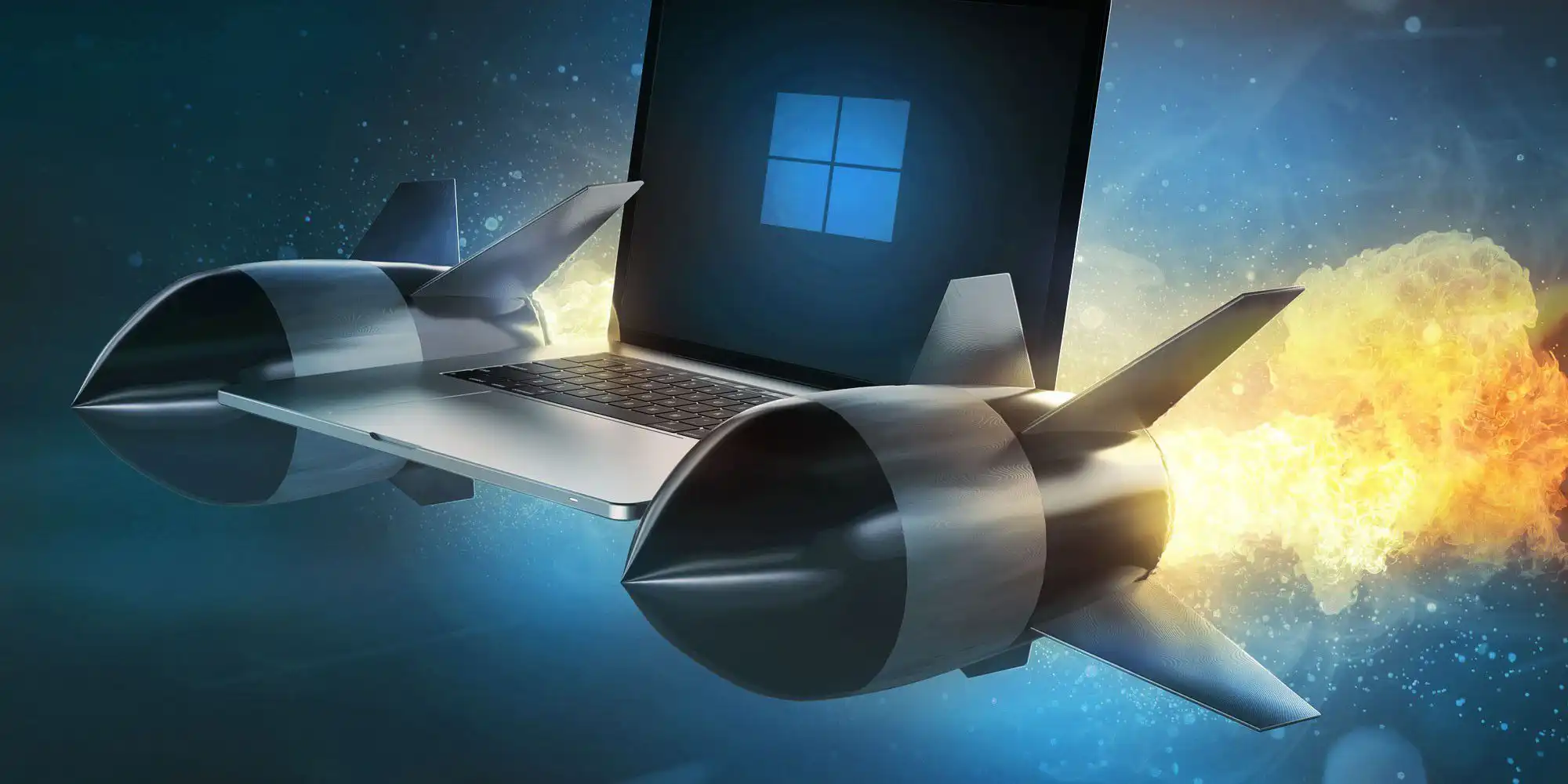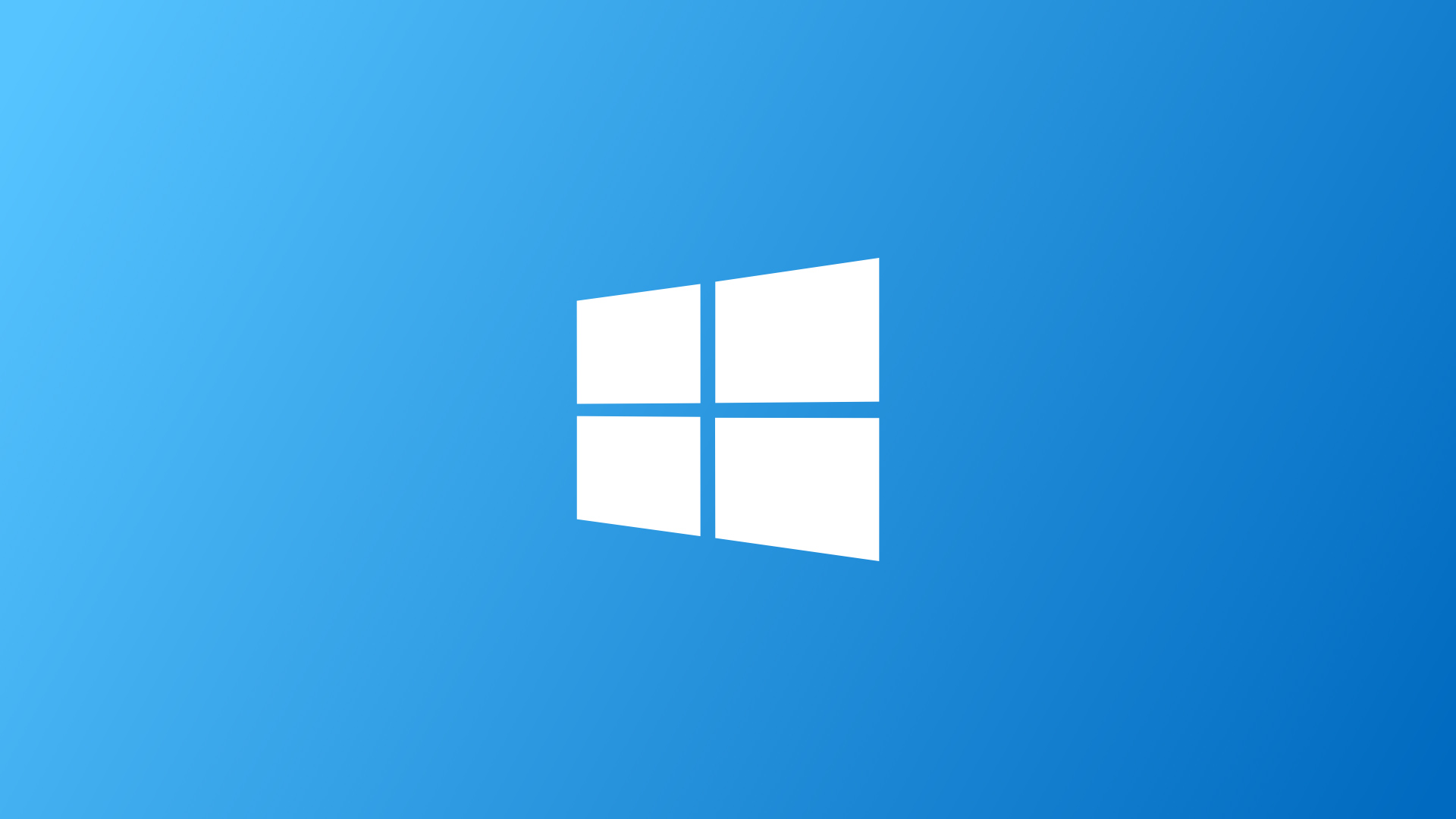Is your Windows PC running slower than molasses? You’re not alone. Millions of users experience frustrating slowdowns that turn simple tasks into time-consuming ordeals. Whether you’re dealing with lengthy boot times, sluggish program launches, or system freezes, a slow computer can significantly impact your productivity and computing experience.
The good news is that you don’t need to be a tech expert or spend hundreds of dollars on new hardware to dramatically improve your PC’s performance. Most speed issues stem from software bloat, outdated drivers, inefficient settings, and accumulated digital clutter that builds up over time. These problems are entirely fixable with the right approach and knowledge.
Modern Windows operating systems, including Windows 10 and 11, are designed to be efficient, but they come packed with features and visual effects that can consume valuable system resources. Additionally, many programs automatically configure themselves to launch at startup, creating a bottleneck that slows down your entire system from the moment you power on your computer.
The strategies outlined in this comprehensive guide address both immediate performance gains and long-term optimization. From simple software tweaks that take minutes to implement, to hardware upgrades that can breathe new life into aging systems, these proven methods will help you reclaim your PC’s speed and efficiency. Whether you’re using a budget laptop or a high-end desktop, these techniques are designed to work across all Windows configurations and hardware specifications.
Essential Software Optimizations
Remove Startup Programs and Bloatware
One of the most effective ways to speed up your Windows PC is to eliminate unnecessary programs that launch automatically when you start your computer. These startup programs consume valuable memory and processing power, creating a significant bottleneck during boot-up.
Access Task Manager by pressing Ctrl+Alt+Delete, then navigate to the Startup tab to see which programs are impacting your system’s performance. Programs marked with “High” startup impact are the primary culprits slowing down your system. Right-click on unnecessary programs and select “Disable” to prevent them from launching automatically.
Additionally, uninstall bloatware – pre-installed third-party software that you don’t actually use. This software takes up storage space and can run background processes that drain system resources.
Update Windows and Drivers
Microsoft frequently releases updates that fix bugs and system errors responsible for reduced performance. Navigate to Settings > Update & Security > Windows Update and click “Check for Updates” to ensure you’re running the latest version.
Don’t forget to update your drivers, especially graphics and network drivers, as outdated drivers can significantly impact system performance. Consider using driver update tools for easier management of multiple device drivers.
Performance Settings and Visual Effects

Adjust Power Settings for Maximum Performance
Switching your power mode to “Best Performance” can provide an immediate speed boost, though it will consume more electricity. In Windows 11, go to Settings > System > Power & Battery and select “Best Performance.” For Windows 10 users, access Additional Power Settings and choose “High Performance.”
Optimize Visual Effects
Windows comes with numerous visual effects that can impact system performance, especially on older machines. Access System Properties, click “Advanced system settings,” then under Performance, click “Settings.” Choose “Adjust for best performance” to disable resource-intensive visual effects.
Storage and Memory Management
Perform Regular Disk Cleanup
Use Windows’ built-in Disk Cleanup feature to remove temporary files, image thumbnails, downloaded program files, and temporary internet files. This frees up valuable storage space and can improve system responsiveness.
Upgrade Your RAM and Storage
If your system has less than 8GB of RAM, upgrading can provide dramatic performance improvements. Modern systems benefit from 16GB or more, especially for gaming or media production workloads.
Consider upgrading from a traditional hard drive (HDD) to a solid-state drive (SSD). SSDs offer significantly faster boot times, program loading speeds, and system responsiveness, making this one of the most impactful hardware upgrades you can make.
Advanced Optimization Techniques
Enable Fast Startup and Storage Sense
Fast Startup can significantly reduce boot times by saving system information to a hibernation file. Access this feature through Control Panel > Power Options > “Choose what the power buttons do.”
Configure Storage Sense to automatically clean up temporary files and manage storage space efficiently. This Windows feature can be found in Settings > System > Storage.
Run System Maintenance
Windows 10 and 11 include built-in troubleshooters that can identify and fix performance issues automatically. Search for “troubleshoot” in the Start menu and run the recommended utilities, including Hardware and Devices, Windows Store Apps, and Search and Indexing troubleshooters.




